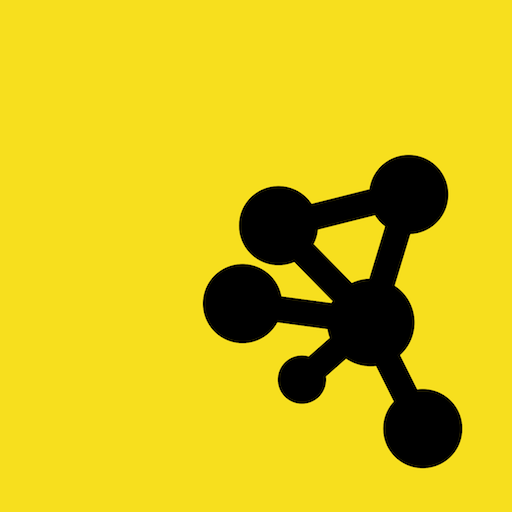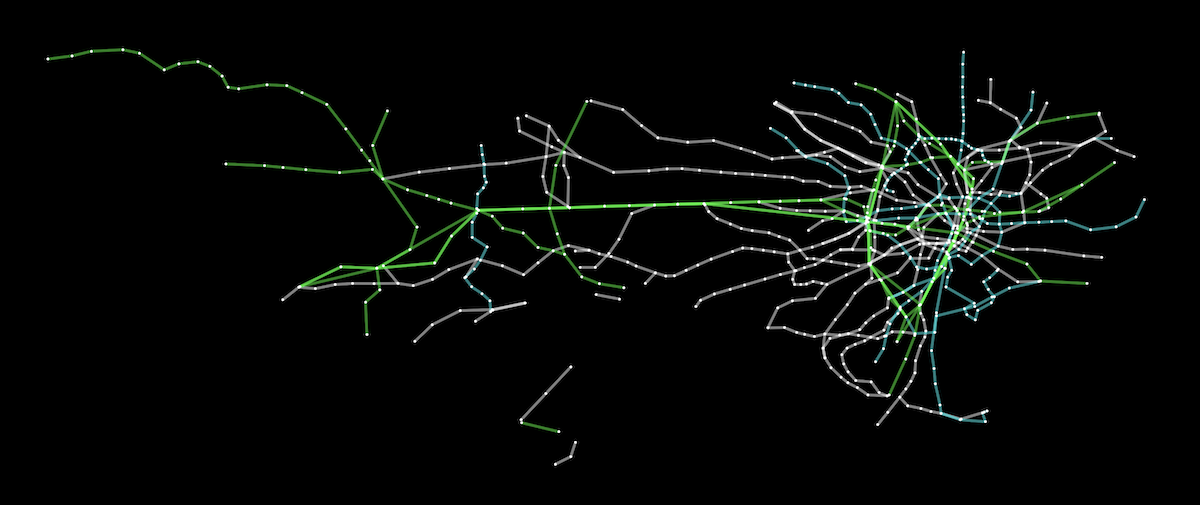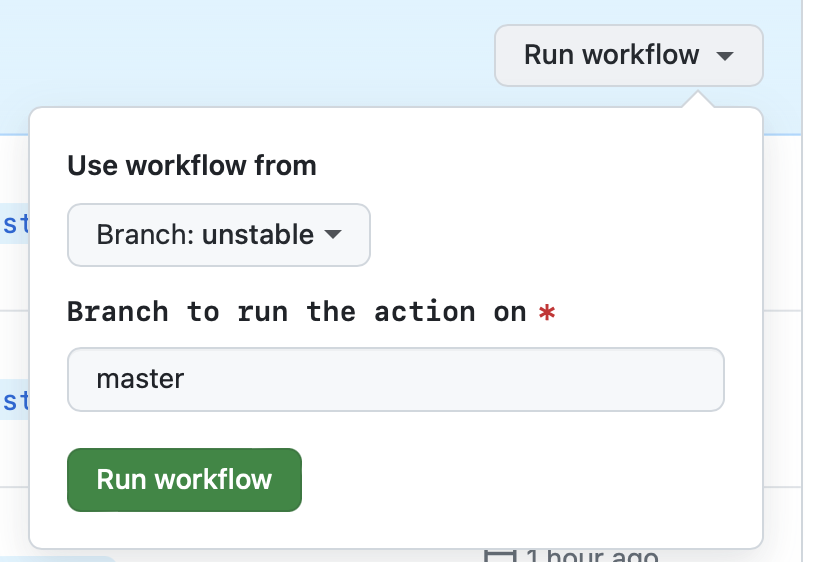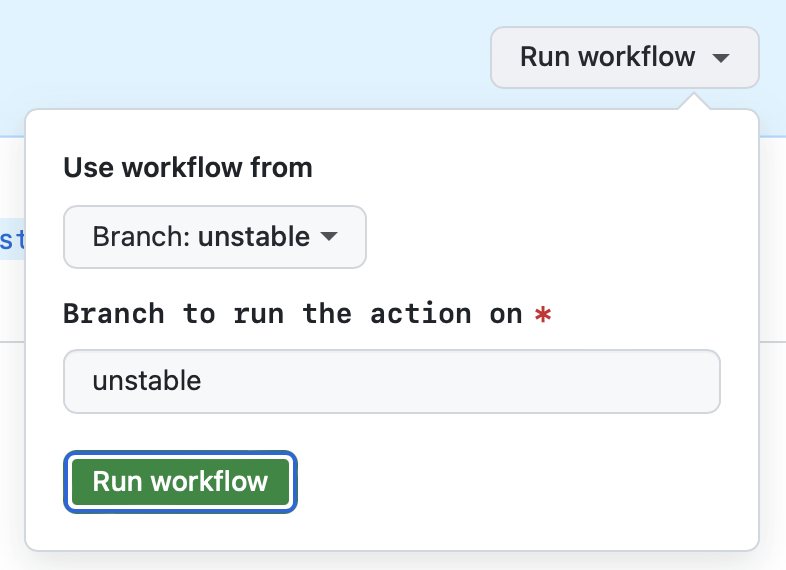Customization
- cytoscape:
Cytoscape offers a high degree of customization through its stylesheet system, enabling users to define styles for nodes and edges based on data attributes. This feature is particularly useful for creating visually distinct representations of different data types.
- vis-network:
vis-network supports basic customization options, allowing users to modify node and edge styles easily. While it may not be as flexible as G6 or Cytoscape, it provides enough customization for straightforward network visualizations.
- @antv/g6:
G6 provides extensive customization options, allowing developers to define their own shapes, styles, and behaviors for nodes and edges. This flexibility makes it ideal for applications that require unique visual representations and interactions.
- mxgraph:
mxGraph allows for significant customization, especially in terms of diagramming elements. Users can create custom shapes and define their own interaction logic, making it suitable for specialized applications like flowcharts and UML diagrams.
Performance
- cytoscape:
Cytoscape is also built for performance, particularly in handling large datasets. It employs techniques like incremental rendering and efficient layout algorithms to maintain responsiveness, making it suitable for extensive biological networks.
- vis-network:
vis-network is designed for real-time performance, making it ideal for applications that require dynamic updates to visualizations. Its efficient rendering ensures that changes in data are reflected immediately without lag.
- @antv/g6:
G6 is optimized for performance, capable of handling large graphs with thousands of nodes and edges efficiently. Its rendering engine is designed to minimize reflows and repaints, ensuring smooth interactions even with complex visualizations.
- mxgraph:
mxGraph is known for its performance in rendering diagrams quickly, even with complex structures. Its lightweight architecture ensures that applications remain responsive, even when dealing with intricate flowcharts and diagrams.
Interactivity
- cytoscape:
Cytoscape offers a variety of interactive features, such as zooming, panning, and context menus. It allows for the creation of interactive visualizations that can respond to user inputs effectively, enhancing data exploration.
- vis-network:
vis-network is user-friendly and supports basic interactivity like dragging nodes and zooming in/out. While it may not offer as many advanced interactive features as G6 or Cytoscape, it is sufficient for straightforward network visualizations.
- @antv/g6:
G6 excels in providing rich interactivity features, including drag-and-drop functionality, tooltips, and custom event handling. This makes it suitable for applications where user interaction is essential for data exploration.
- mxgraph:
mxGraph provides interactive capabilities focused on diagram editing, allowing users to manipulate elements directly on the canvas. This is particularly useful for applications that require user-driven diagram creation and editing.
Integration
- cytoscape:
Cytoscape can be integrated with other libraries and frameworks, and it has plugins available for various environments. Its flexibility makes it suitable for diverse applications, especially in the biological sciences.
- vis-network:
vis-network is straightforward to integrate into web applications, with a simple API and minimal setup required. It is particularly suitable for projects that need quick implementation without extensive configuration.
- @antv/g6:
G6 integrates well with various front-end frameworks like React and Vue, making it easy to incorporate into modern web applications. Its modular architecture allows for seamless integration with other libraries and tools.
- mxgraph:
mxGraph is designed to be embedded into web applications easily, providing a comprehensive API for integration. It can work with various back-end technologies, making it versatile for different use cases.
Learning Curve
- cytoscape:
Cytoscape has a steeper learning curve, especially for users unfamiliar with graph theory concepts. However, its documentation and community support can help ease the learning process.
- vis-network:
vis-network is known for its low learning curve, making it accessible for beginners. Its simple API and comprehensive documentation allow developers to get started quickly and create visualizations with minimal effort.
- @antv/g6:
G6 has a moderate learning curve due to its extensive features and customization options. Developers may need to invest time in understanding its API and capabilities to fully leverage its potential.
- mxgraph:
mxGraph is relatively easy to learn for developers familiar with diagramming concepts. Its API is straightforward, allowing users to quickly implement basic functionalities without extensive prior knowledge.

























